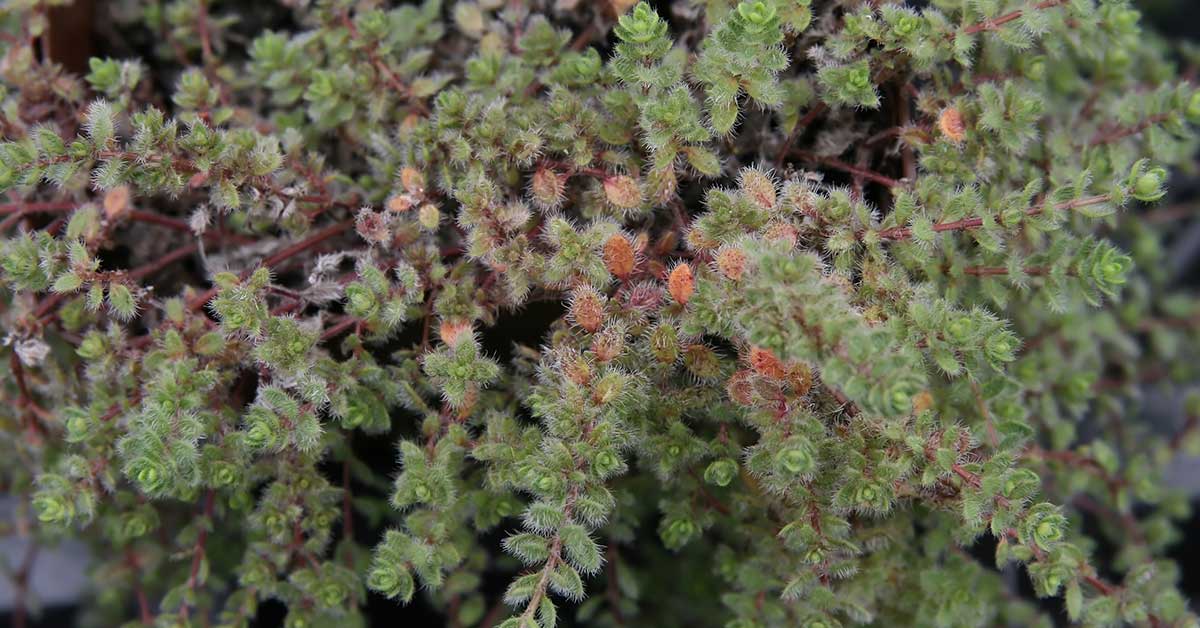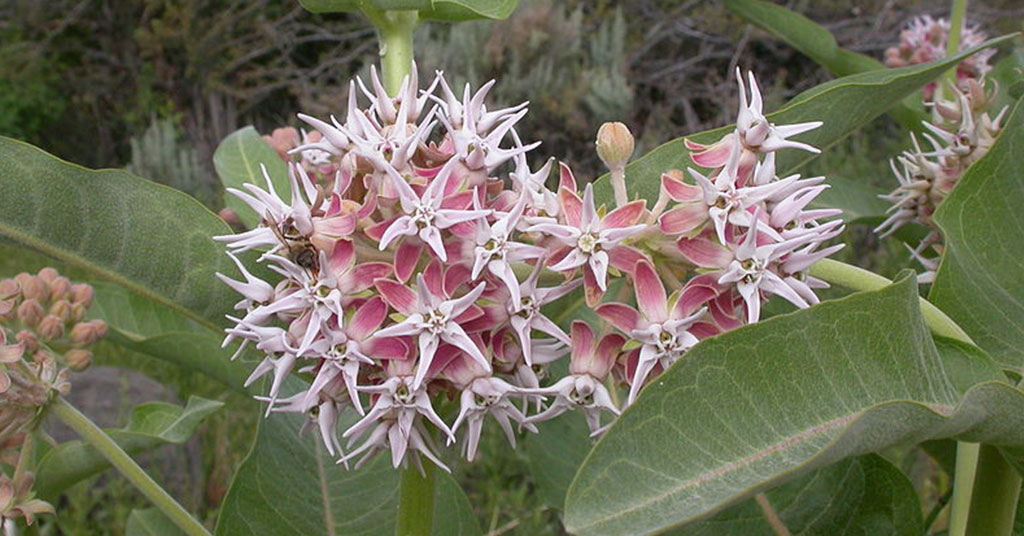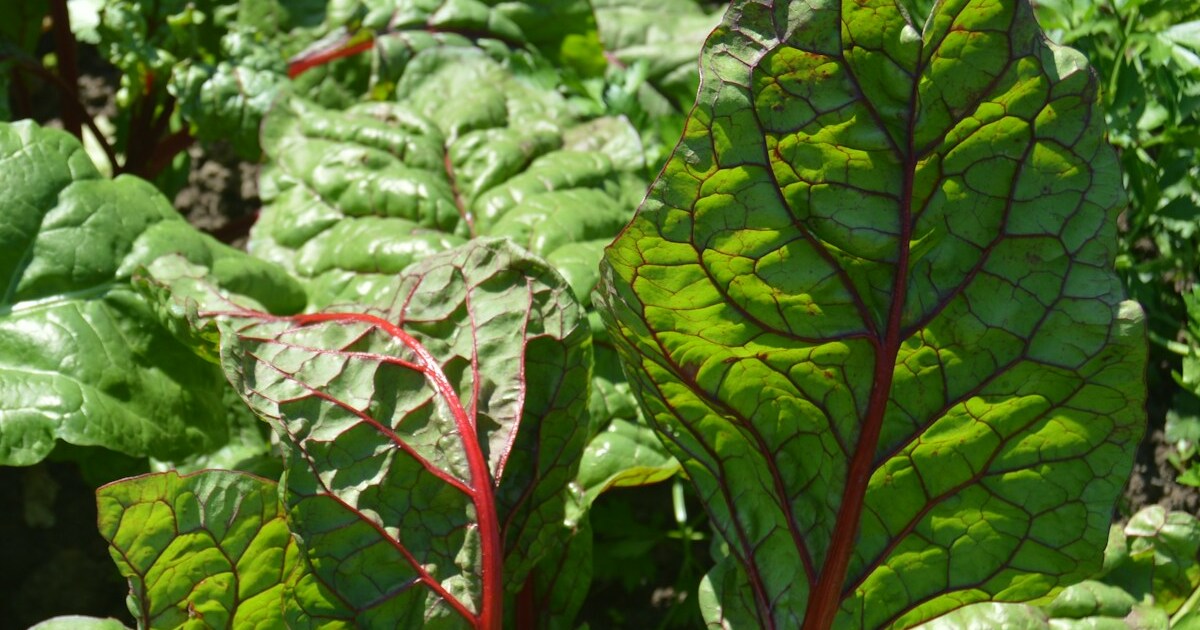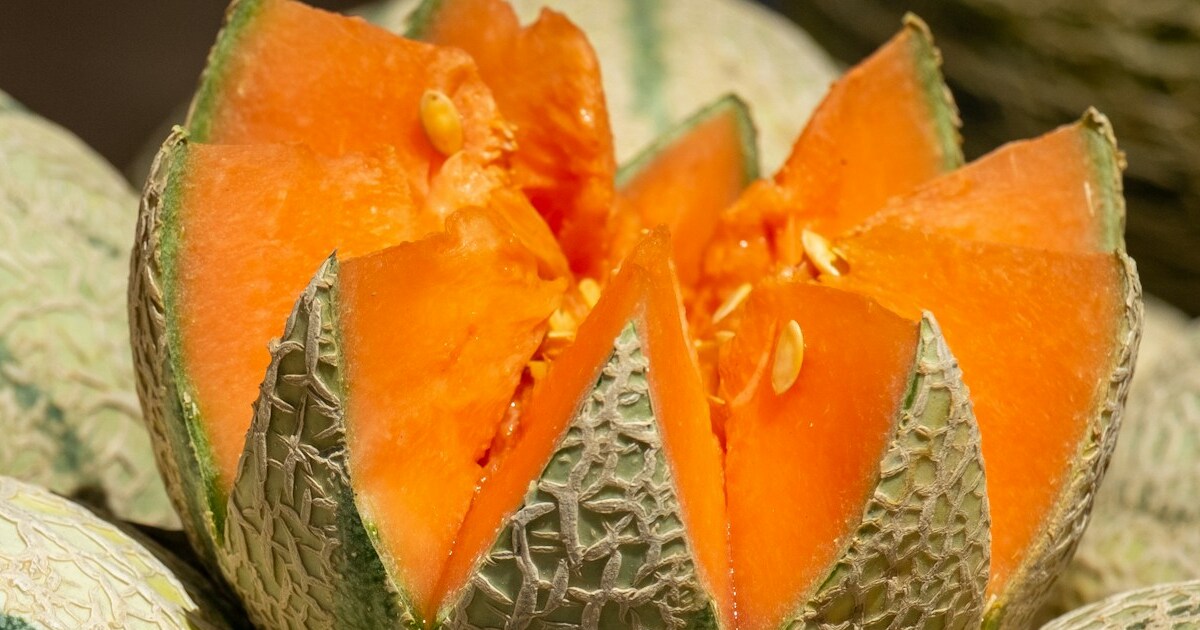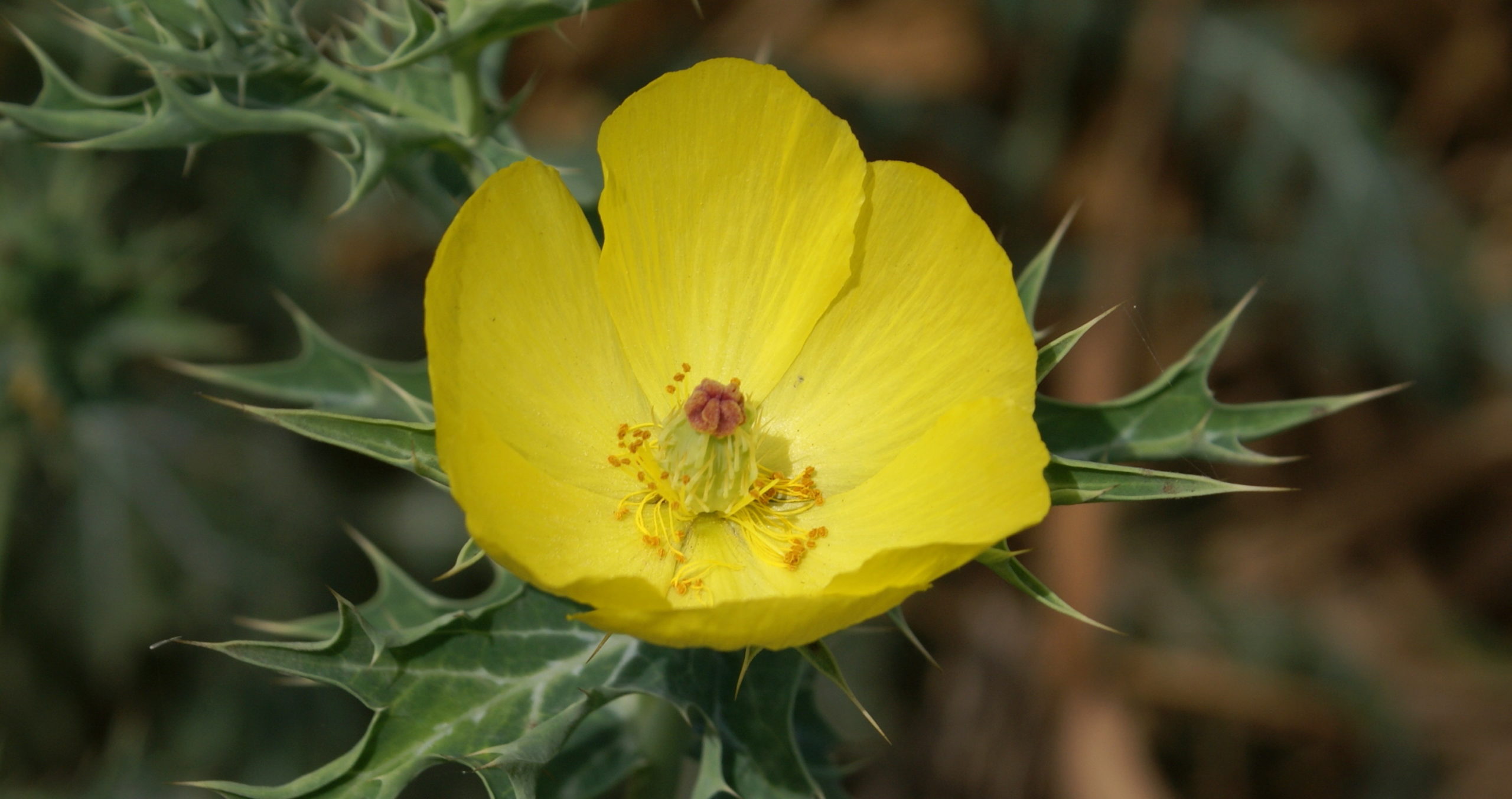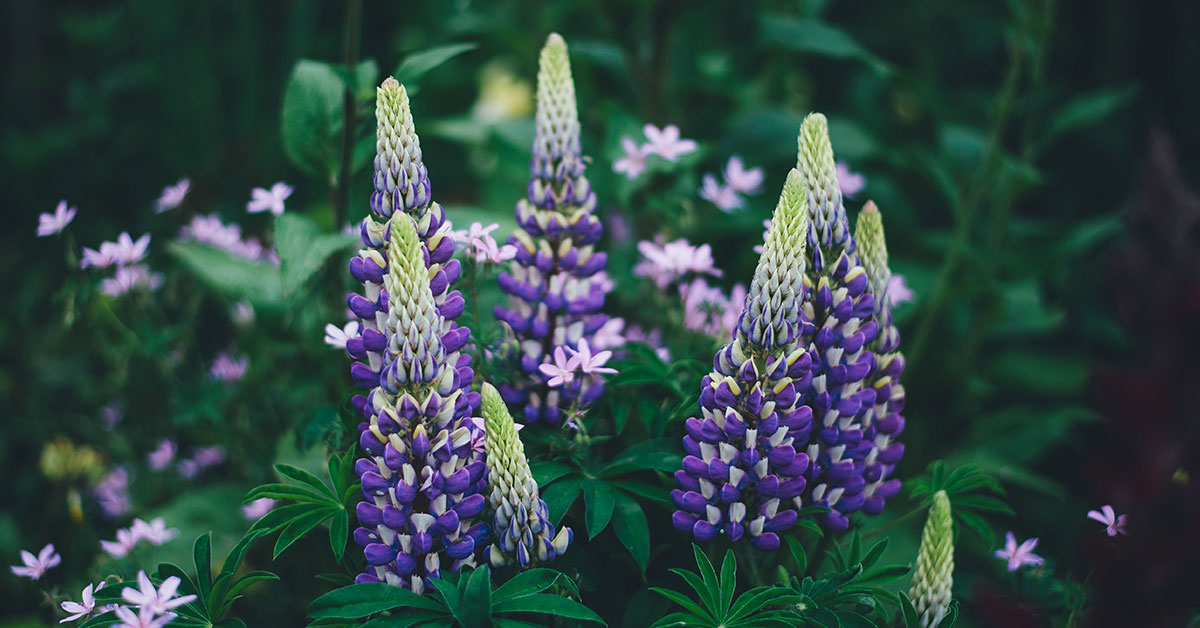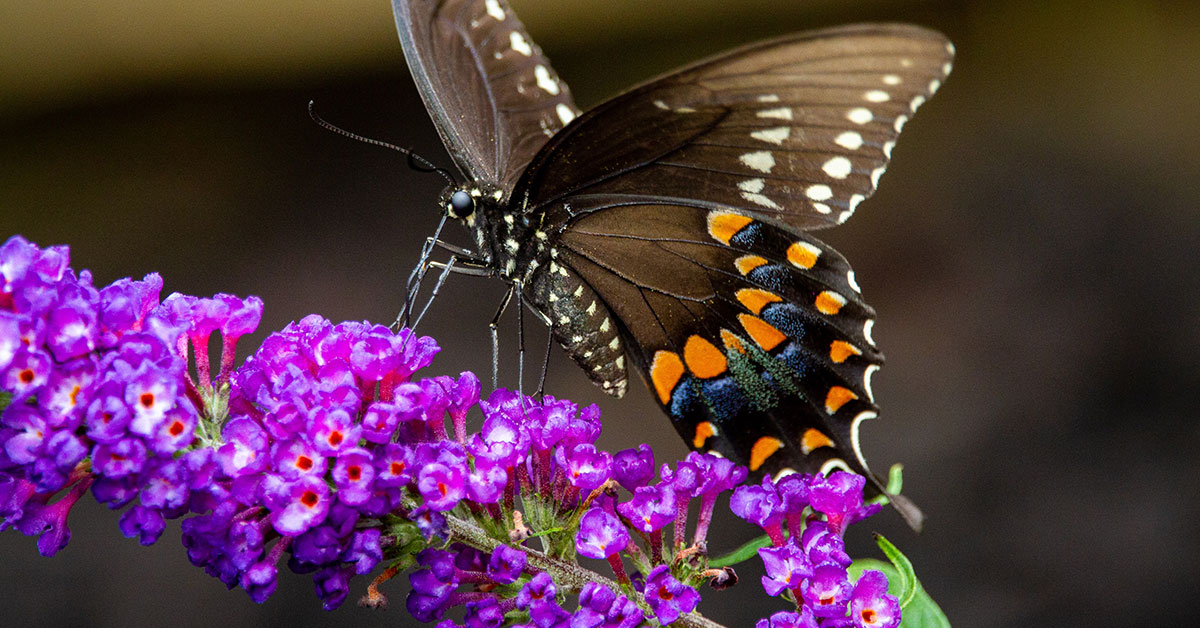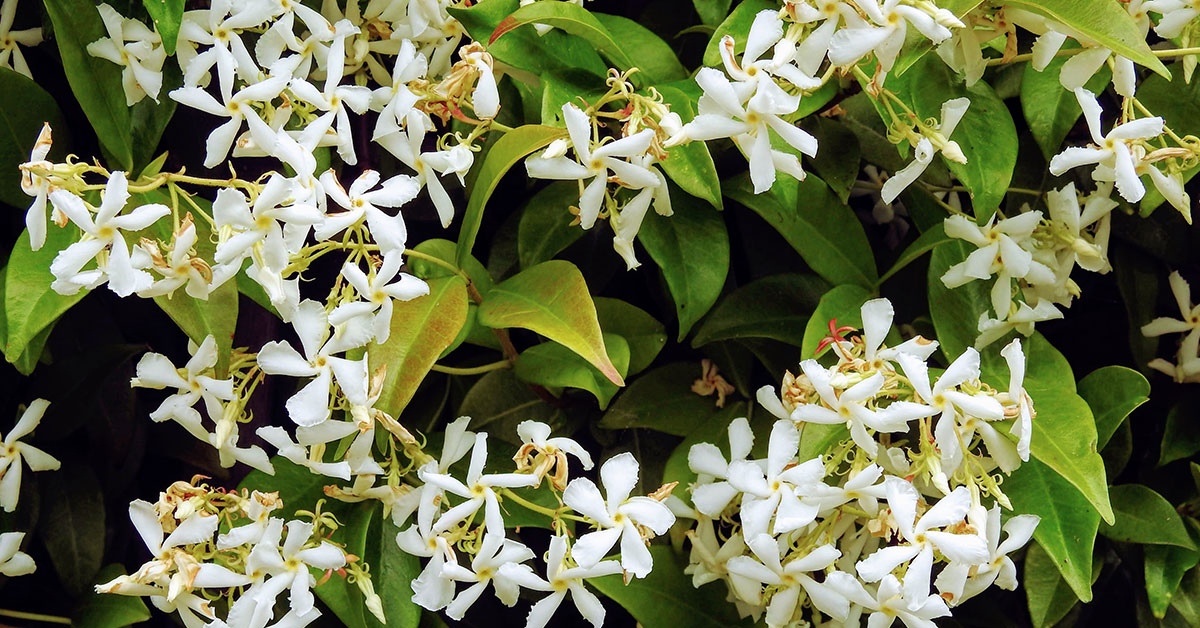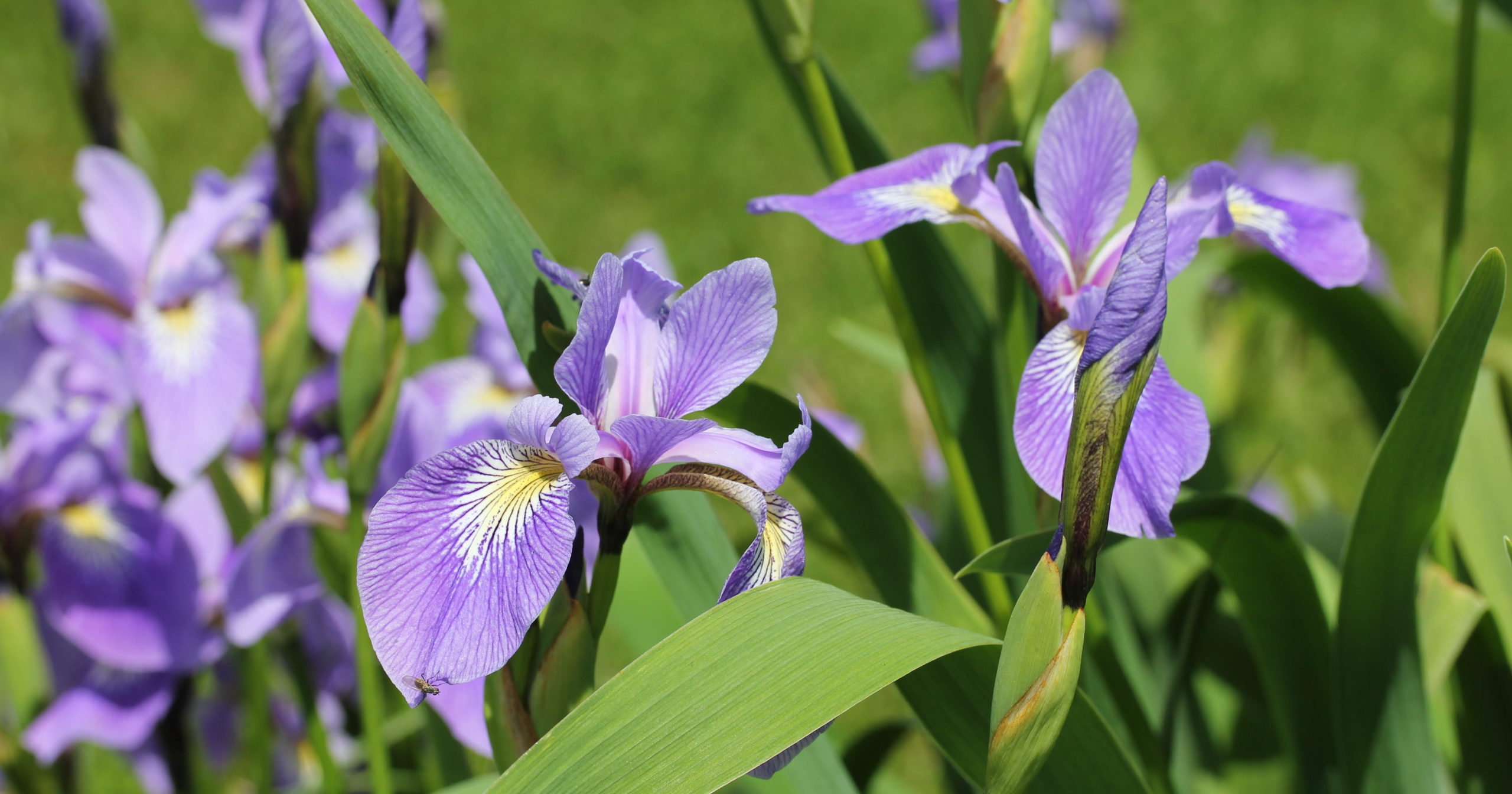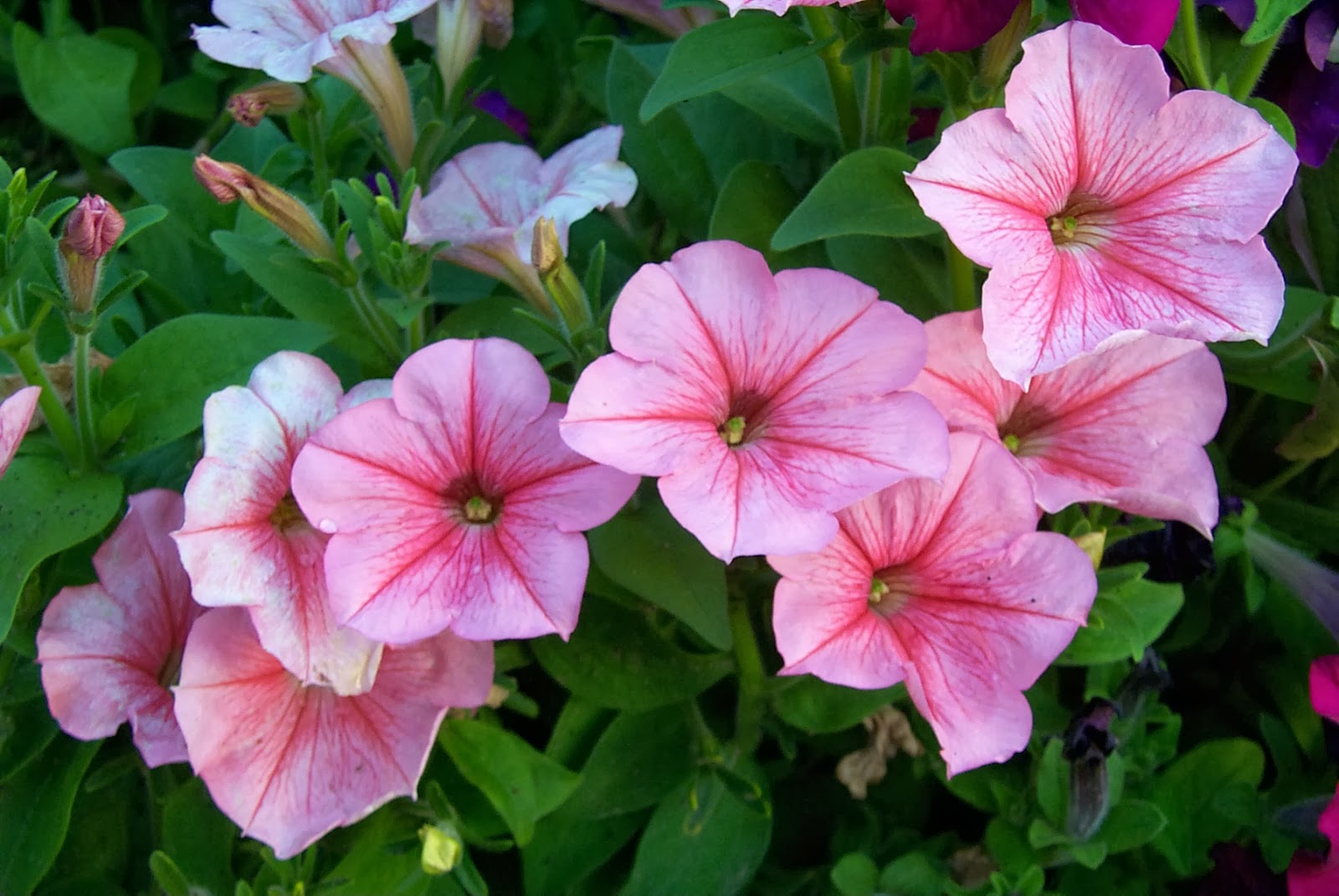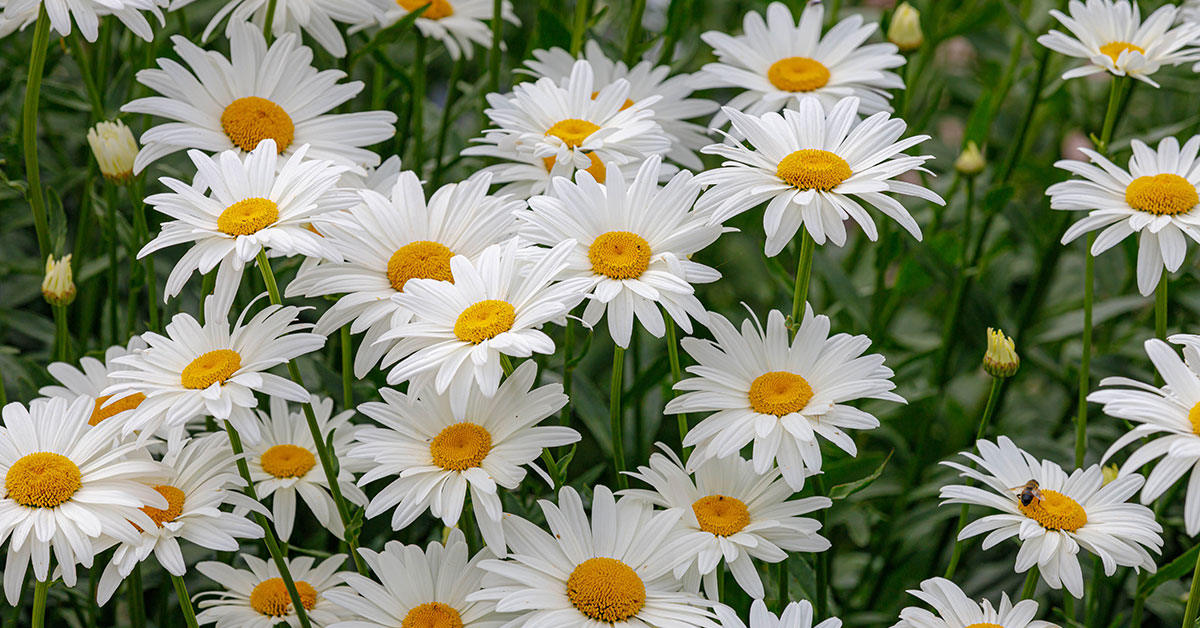Designing a Mediterranean garden is like capturing the essence of sun‑warmed hillsides, fragrant breezes, and rustic charm all in one landscape. As a gardener who’s spent countless afternoons under blazing skies, I know how transformative these drought‑tolerant, wildlife‑friendly plants can be. Whether you dream of wandering paths lined with aromatic herbs or dappled seating areas beneath silver‑leaved trees, each choice layers in texture, scent, and life.
In this guide, I’m absolutely thrilled to share twelve of my favorite Mediterranean species—each celebrated for its ornamental allure, ecological perks, and hardy nature. From shrubby evergreens that host nesting birds to low‑growing herbs that carpet stone walls with blooms, you’ll learn about native ranges, invasiveness potential, and the delightful wildlife behaviors you might witness. Let’s wander together through sun‑baked splendor!
Cistus (Cistus creticus)
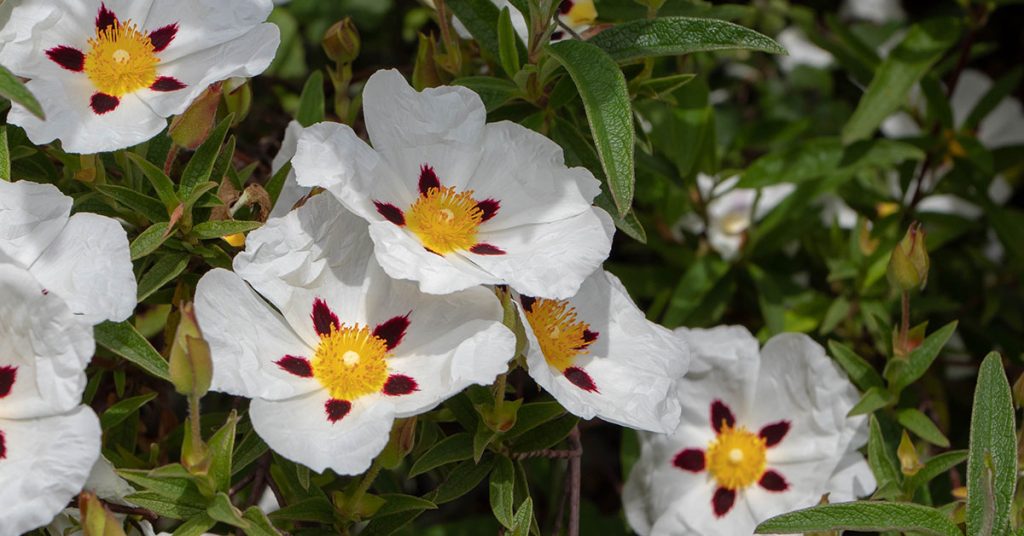
Cistus, commonly known as rockrose, dazzles with papery, five‑petaled flowers in soft pinks and whites. One of my favorite features is how it thrives in poor, rocky soils—no need to fret over perfect compost here! I love watching bees eagerly flit to each bloom, gathering nectar before their next stop.
Native to the Mediterranean basin, Cistus rarely becomes invasive and is valued for its resilience to drought and heat. Its dense, evergreen foliage provides shelter for small birds during hot afternoons, while its sticky resin deters deer and rabbits. Prune lightly after flowering to maintain a compact shape and encourage a second flush of blossoms.
Bay Laurel (Laurus nobilis)

Bay laurel’s glossy, aromatic leaves are a kitchen staple and add elegant formality to garden designs. I often pop a fresh sprig into a simmering stew, and then step outside to admire the same plant hosting nesting sparrows among its branches—talk about multi‑purpose! The rich scent wafting through the garden is simply intoxicating.
Originating from the eastern Mediterranean, bay laurel seldom spreads beyond intended borders when grown as a potted specimen or clipped hedge. In spring, clusters of tiny yellow flowers attract hoverflies and solitary bees, while the dark berries in autumn provide a snack for thrushes. A light clip in late winter keeps the shape tidy and dense.
Oregano (Origanum vulgare)
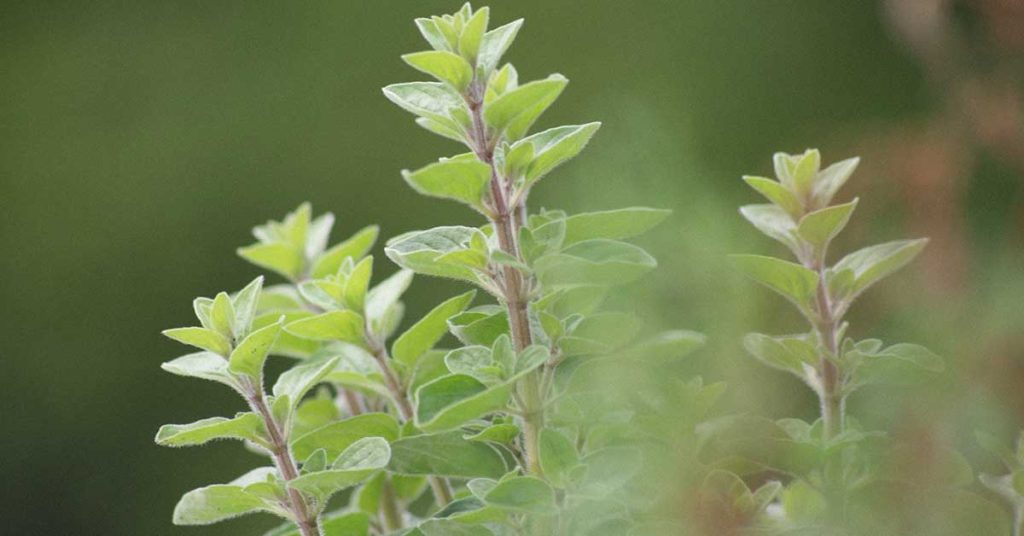
Oregano’s tiny purple blossoms and aromatic leaves are more than pizza pizzazz—they bring soft color and buzzing pollinators to sun‑baked gardens. One of my favorite moments is kneeling to deadhead spent flowers and discovering ladybugs patrolling for aphids—nature’s little clean‑up crew in action!
Native to southern Europe, common oregano can spread moderately via creeping stems but rarely becomes invasive in well‑drained beds. Bees, butterflies, and even hummingbird moths seek out its nectar, making it a pollinator‑hotspot. Snip back after flowering to encourage fresh growth and a prolonged fragrant display.
Santolina (Santolina chamaecyparissus)
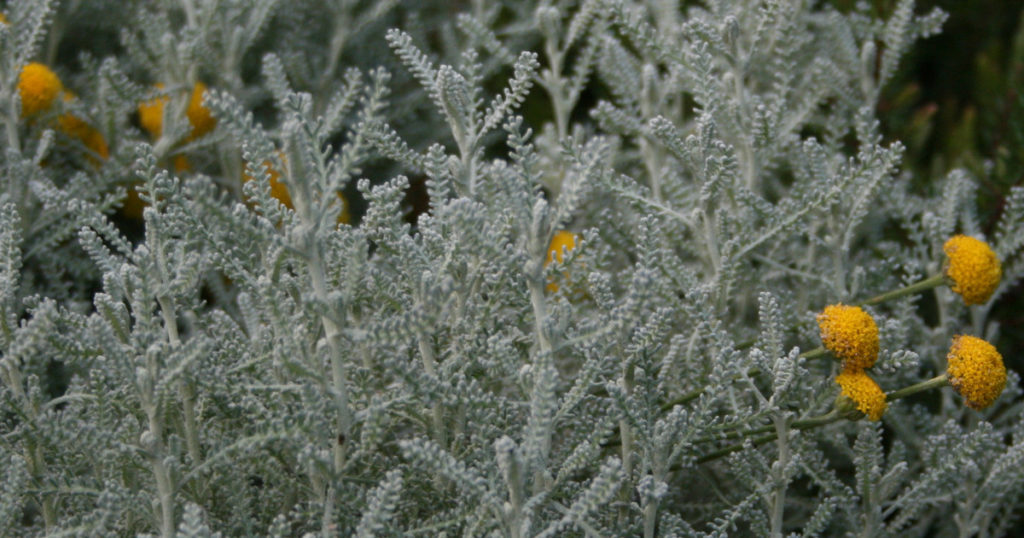
Santolina, or lavender cotton, offers silvery, finely divided foliage and dense clusters of yellow button‑flowers. I adore how its soft texture contrasts with coarser gravel paths, creating a harmonious palette. Plus, its aromatic leaves repel certain pests—a natural advantage in any garden!
Native to the western Mediterranean coast, Santolina generally remains well‑behaved and non‑invasive. Its compact habit makes it perfect for edging or mixed borders. Goldfinches sometimes perch on its stems, nibbling seeds, while solitary ground bees explore the tiny blossoms for nourishment.
Fig Tree (Ficus carica)
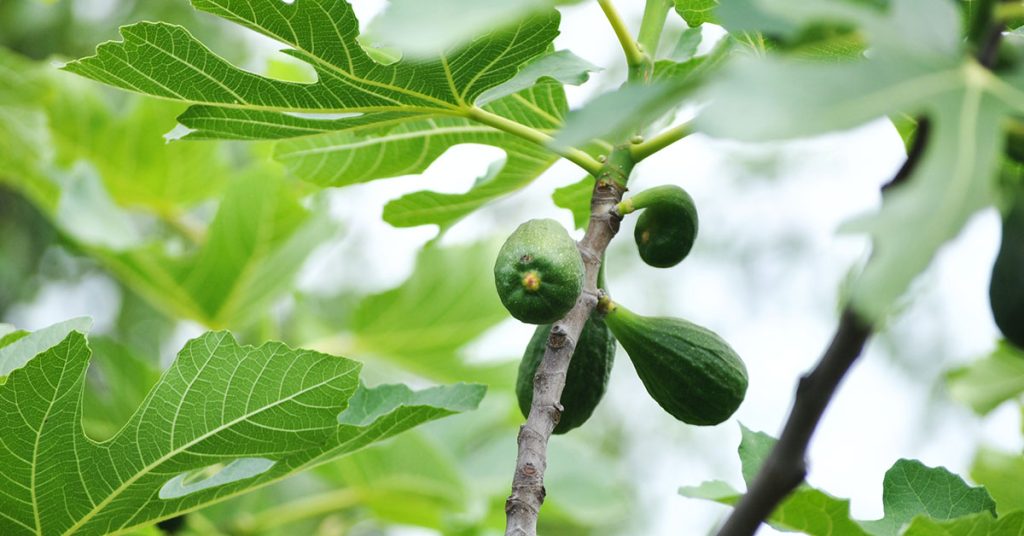
Few plants capture Mediterranean living quite like the fig tree, with its large lobed leaves and sweet, drooping fruits. I still remember the excitement of harvesting the first soft, honey‑sweet fig—pure garden magic! Beneath its canopy, ground‑nesting bees often carve out tunnels in the warm soil.
Originally from western Asia and the eastern Mediterranean, figs rarely spread beyond cultivated areas but can self-sow near parent trees. Their dense foliage offers perfect nesting sites for songbirds like wrens and robins. Prune in winter to open the center for light and airflow, and brace branches before fruiting to support heavy crops.
Mediterranean Spurge (Euphorbia characias)
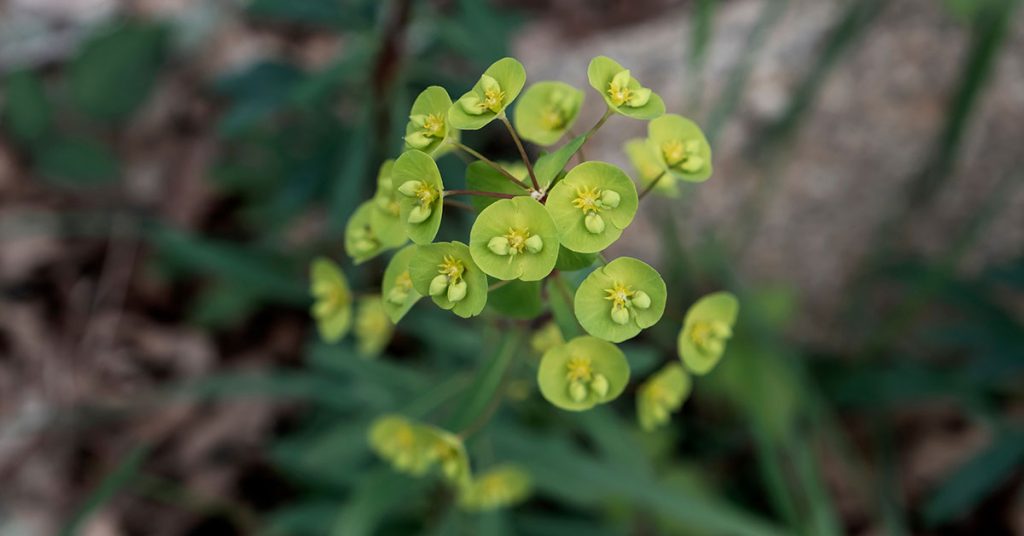
Mediterranean spurge brings year‑round structural interest with its tall stems topped by lime‑green bracts. One of my favorite surprises is its early-season bloom, when hoverflies and bumblebees crowd in for the first pollen of spring. Just be cautious of its milky sap—it’s a bit irritating to skin!
Native to the Mediterranean basin, this spurge seldom escapes garden confines but can self-seed in perfect conditions. Birds will perch on its sturdy stems, and small insects find shelter at its base. Trim back after flowering to maintain a tidy appearance and encourage fresh growth.
Pomegranate (Punica granatum)
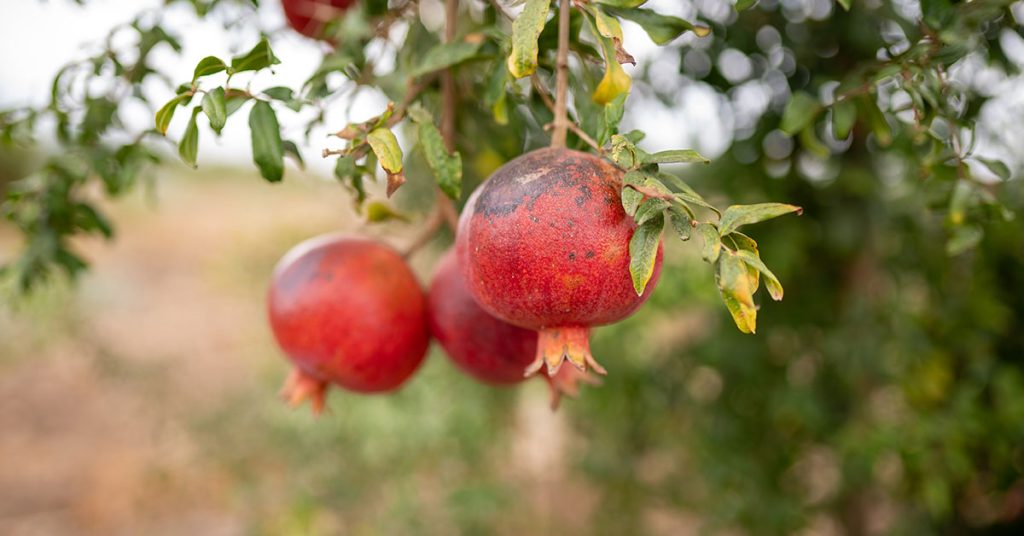
Pomegranate’s fiery orange-red flowers declare their presence boldly, leading to jewel‑like fruit that’s as beautiful as it is edible. I love pausing to watch bees burrow deep into the blooms, emerging dusted in pollen! The peeling bark offers visual interest even in winter’s quiet.
Hailing from the Middle East and Mediterranean regions, pomegranate rarely becomes invasive in temperate gardens. Its dense, thorny branches provide secure nesting for small birds like finches, and its shade aids heat‑sensitive underplantings. A light pruning after harvest shapes the plant and removes old wood.
Thyme (Thymus vulgaris)
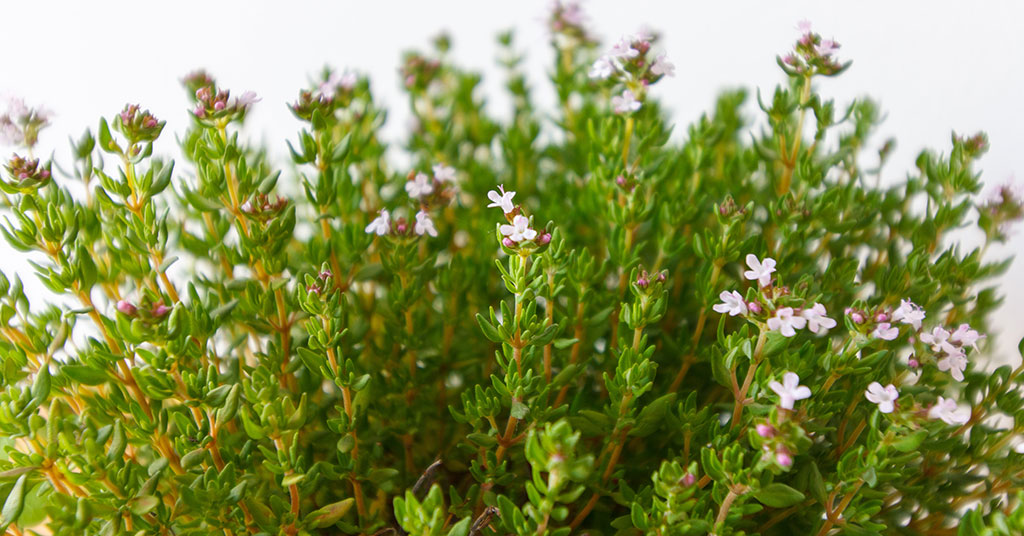
Thyme’s tiny, fragrant leaves and clusters of purple-pink flowers make it a groundcover superstar in sun-drenched gardens. It’s such a bummer when weeds overtake low-growing herbs—but thyme’s dense mat suppresses unwanted intruders beautifully! I delight in kneeling down to brush its scent onto my fingertips.
Native to southern Europe, common thyme rarely self-seeds aggressively and stays neatly in place if trimmed after flowering. Honeybees and small butterflies frequent its blooms, and ants often patrol for aphids. With dry, gritty soil and full sun, thyme rewards you with a long-lasting, aromatic carpet.
Oleander (Nerium oleander)
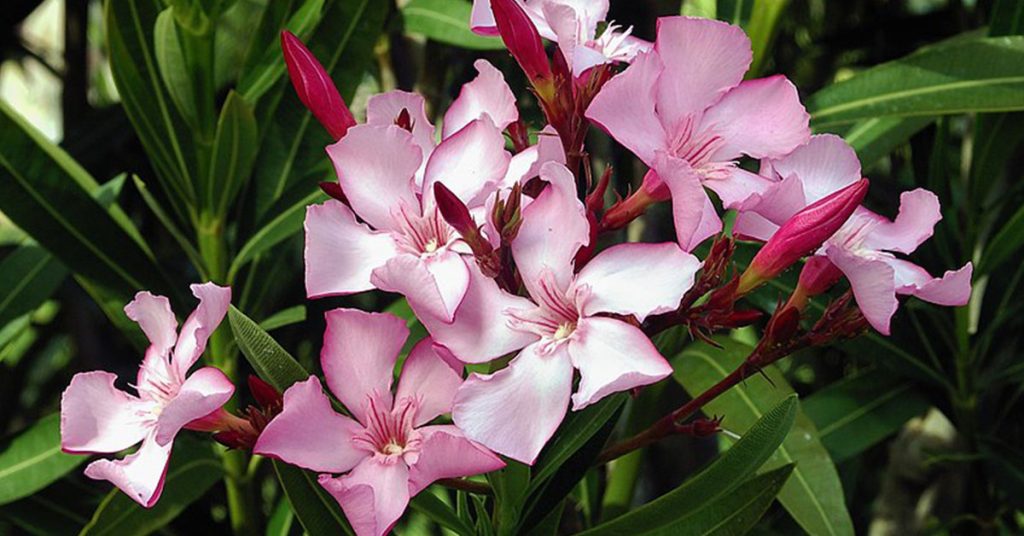
Oleander’s lush evergreen foliage and clusters of pink, white, or red flowers bring an exotic splash to the Mediterranean palette. When it’s in full bloom, hummingbird hawk-moths sometimes hover in twilight, feeding on the nectar—that sight always feels like a secret gift! Beware: all parts are highly toxic, so keep curious pets and children at bay.
Native to North Africa and the Mediterranean, oleander can naturalize along waterways in warm climates but typically holds its place in home landscapes. Its dense structure offers secure roosting for birds, and its tough nature stands up to coastal salt spray. A spring prune encourages vigorous new growth and increases flowering.
Olive Tree (Olea europaea)
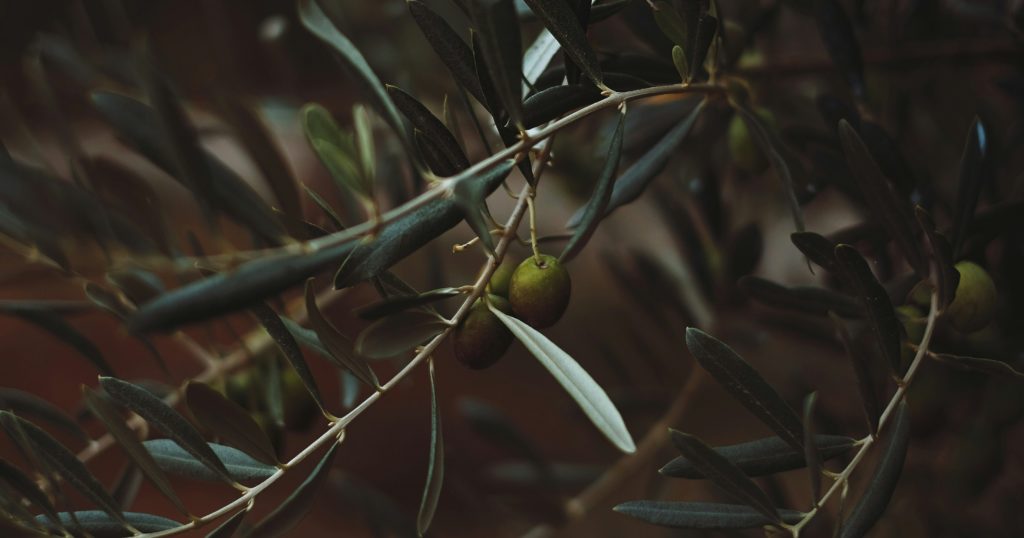
Olive trees are the cornerstone of any Mediterranean garden, with silvery-green leaves that shimmer in the sun. There’s nothing quite like harvesting your own tiny green fruits and pressing them into golden oil—pure garden satisfaction! In spring, their inconspicuous blooms are a boon for bees searching for late‑season pollen.
Originating in the eastern Mediterranean, mature olives rarely naturalize but can self-seed in mild climates. Their gnarled trunks serve as inviting roosts for woodpeckers and small owls, while the dense foliage shelters nesting warblers. Minimal pruning encourages a strong framework and abundant fruiting for years to come.
Rosemary (Salvia rosmarinus)
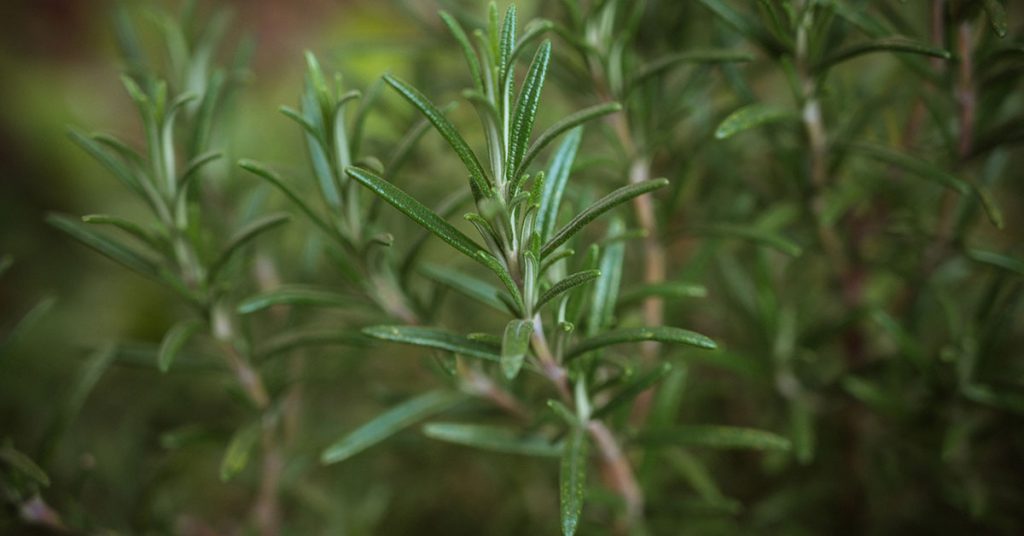
Rosemary’s fragrant, needle-like leaves and pale-blue blossoms are synonymous with Mediterranean flair. I often brush past a rosemary hedge just to breathe in its resinous aroma—it’s like instant garden therapy! Listening to the soft flutter of bees around its flowers always lifts my spirits.
Native to coastal regions of the Mediterranean, rosemary remains well-behaved in garden beds and containers. Its flowers attract honeybees and native solitary bees, and tiny lizards sometimes bask on its warm stems. A yearly trim after flowering keeps it compact and encourages a fresh burst of aromatic growth.
Lavender (Lavandula angustifolia)
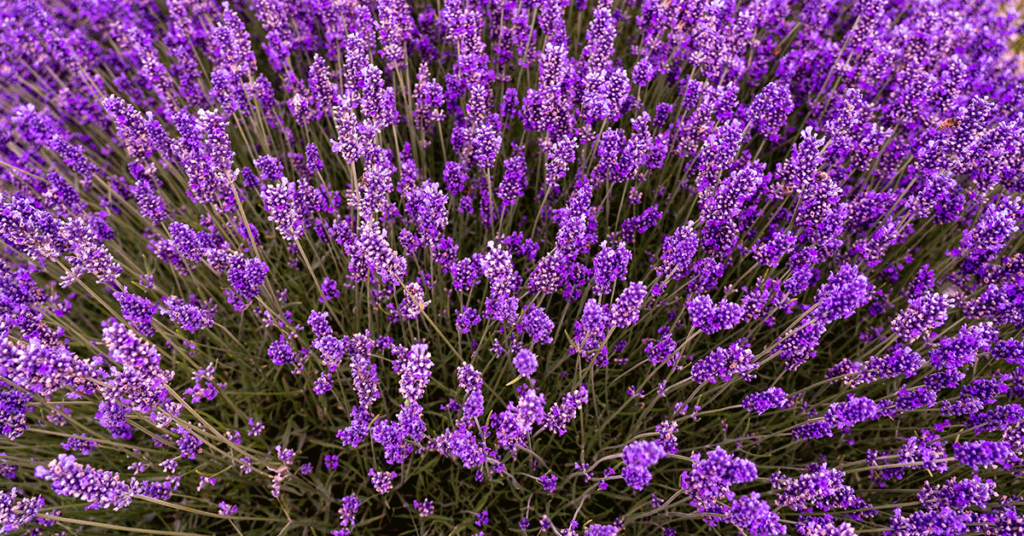
Lavender’s soft purple spikes and silvery foliage define the romantic Mediterranean aesthetic. It’s so rewarding to wander through a lavender border at dusk, hearing the hushed hum of bees returning home for the night! Even when blooms fade, the gray-green leaves maintain seasonal interest.
Native to mountainous areas of the western Mediterranean, English lavender rarely spreads beyond clumps if given proper drainage. Butterflies and hoverflies flock to its nectar-rich flowers, and bumblebees boldly burrow into the dense flower heads. Shear back after flowering to maintain compact shape and prolong bloom times.


